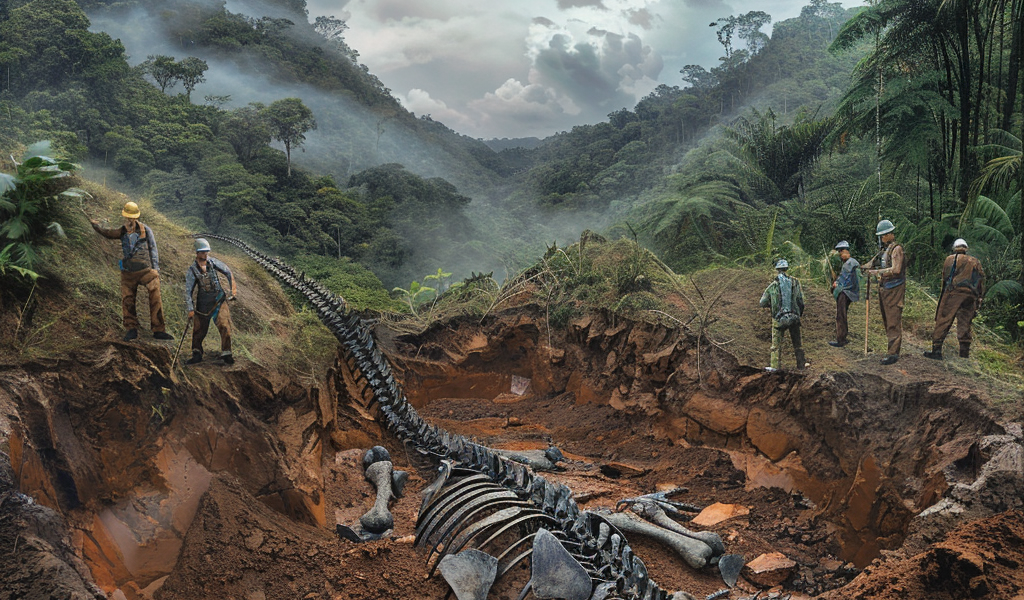Heavy rains in southern Brazil have led to a remarkable paleontological discovery: the remains of what researchers believe to be one of the oldest known dinosaurs. This significant find occurred near a reservoir in the municipality of São João do Polêsine, where paleontologists recovered a nearly complete skeleton of a dinosaur that is estimated to be around 233 million years old.
The dinosaur in question is associated with the Herrerasauridae family, a group of Triassic predators. While the specific species has yet to be formally identified, the fossil’s age places it in a crucial period for understanding the evolution of dinosaurs. The discovery was reported by Agência Brasil, a public news agency in Brazil, highlighting the potential implications for the study of early dinosaur history.
Paleontologists have long debated the timeline of the earliest dinosaurs, with the oldest undisputed dinosaur fossils dating back approximately 231 million years. These fossils include remains from various groups, including the Herrerasauridae. However, there are also claims of older fossils, such as those from a controversial species known as Nyasasaurus, which lived around 240 million years ago. The new find could provide vital insights into this ongoing discussion.
Rodrigo Temp Müller, a leading paleontologist from the Federal University of Santa Maria in Brazil, emphasized the significance of the discovery. He stated, “It’s among the oldest in the world” and expressed optimism that the fossil could help scientists better understand the origins of dinosaurs. If confirmed as a 233-million-year-old Herrerasaurid, this skeleton could be instrumental in deciphering the early stages of the dinosaur family tree.
The nearly intact skeleton offers a rare opportunity for researchers to explore the anatomy and characteristics of early predatory dinosaurs. According to Müller, the individual dinosaur would have measured approximately 8.2 feet (2.5 meters) in length, with the possibility that its species could have reached even larger sizes.
This discovery not only sheds light on the Herrerasauridae family but also contributes to a broader understanding of the ecological dynamics during the Triassic period. The findings could help scientists piece together how these early predators occupied the top of the food chain and adapted to their environments.
As excavations continue and further studies are conducted, researchers hope to uncover more details about this ancient creature and its role in the evolutionary history of dinosaurs. The implications of this discovery extend beyond the fossil itself, as it may influence our understanding of how dinosaurs evolved and diversified in the millions of years that followed.
The discovery in Brazil comes at a time when paleontology is experiencing a renaissance, with new technologies and methodologies allowing scientists to analyze fossils in unprecedented ways. As more discoveries are made, the narrative of dinosaur evolution is continually being refined, offering new perspectives on these fascinating creatures that once roamed the Earth.
With ongoing research and potential future finds, the story of the Herrerasaurid skeleton is just beginning. Scientists are eager to learn more about this ancient dinosaur and what it can reveal about the origins of one of the most iconic groups of animals in Earth’s history.





